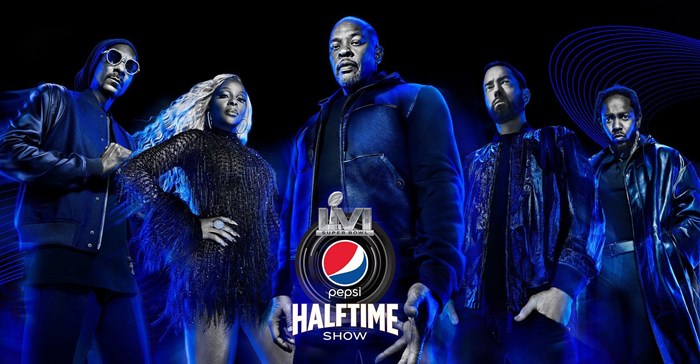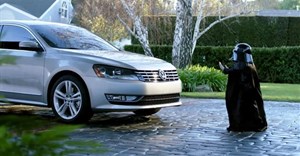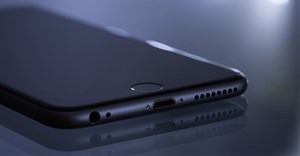Trending
The mobile device: The Super Bowl's biggest opportunity

Ads such as the 2010 Super Bowl Betty White Snickers TVC have become iconic. And while that has not changed, the way that people watch tentpole events such as the Super Bowl has.
“The rise and ubiquity of mobile devices have changed the way people watch TV in general from a single screen to a true dual-screen experience,” says Jonathan Harrop, vice president of Global Marketing and Communications at AdColony, a digital turbine company.
He explains that consumers are dedicated to keeping up with this major sports event on multiple devices and will see ads on various channels.
“Our research discovered that 85% of viewers are interested in the ads played during the Big Game, and 51% are likely to look up an ad that aired during the game and watch it again,” he says.
What’s more, he adds, consumers want to discuss these ads and will be influenced by them, as 40% of viewers are likely to purchase a product or service seen in an ad during the Super Bowl this year.
Smartphones: The primary device
To illustrate this, he explains that time and time again, funny ads have been proven successful with Super Bowl viewers.
“Last year, 81% of consumers wanted to see funny ads during the big game, and this year, 84% are looking for the same thing.
“During Super Bowl LV, Rocket Mortgage’s ad with Tracy Morgan comically highlighted the differences between “pretty sure” and “certain” in regard to being able to buy a house and was much beloved by Super Bowl viewers,” says Harrop.
He adds that consumers are more likely to remember and discuss funny ads, leading to higher brand awareness and engagement.
“However, while funny ads will capture Super Bowl audiences on the big screen, it is also vital to captivate users on their primary device during this time — smartphones,” he says.
Looking behind the scenes, he says that app publishers can engage more of their audience with rewarded video ads.
“And with consumers looking to their mobile devices to talk to friends, order food, look up stats, and play games during the Big Game, brands should deliver Super Bowl themed ads on mobile and target apps that are likely in use during this time, such as social media, food delivery, and gaming apps, in order to reach a wider audience and increase engagement across all platforms,” he expands.
One interesting trend over the past five to 10 years of Super Bowl ads has been the airtime bought by mobile-first and mobile-only companies with the calibre of ad production (celebrities, special effects, and so on) matching the big alcohol, retail, and automotive ads that have dominated Super Bowl ads for decades.
“Uber Eats, DraftKings, Game of War, Clash of Clans, and many other mobile apps and games have all joined the Super Bowl ad trend as consumers have persistently had their phones in front of them for the whole game,” he says.
Before, during and after: full engagement
When brands run ads before, during, and even post a major televised event, they are reaching consumers at a time when they are not only watching the event but also engaging with another device — smartphones.
Consumers are flipping in and out of social media, gaming, food delivery, and content-specific apps. As such, they are likely to see more ads, look up products or services seen in an ad, or download an app relating to the ad or televised event,” he says.
“In addition, consumers tend to discuss these ads with their peers through social media and messaging apps, further increasing awareness and traction for brands that run ads,” he adds.
Traditional brands also online
It’s not just mobile, either says Harrop. “Traditional brands have created online components that are mobile-friendly or tied to an app directly.”
“So-called "Traditional” Super Bowl advertisers without direct app CTAs like Bud Light, Cadillac, Jeep, and Mountain Dew had significant upswings in online engagement after their ads aired last year,” he says.
He adds that last year, DoorDash, Fiverr, Indeed, Klarna, Mercari, Reddit, Robinhood, Uber Eats, and Vroom all saw correlative upswings in downloads after the Big Game.
Given how many people use their phones while watching TV, Harrop says the question that becomes more poignant for advertisers is: “If the mobile device is still the second screen, or is it becoming the first screen?”
Enjoy the Big Game! Enjoy the ads!




















